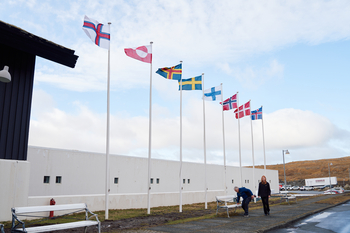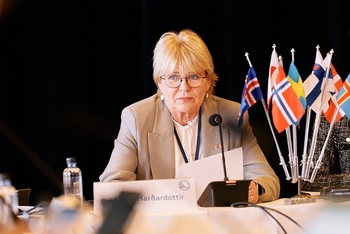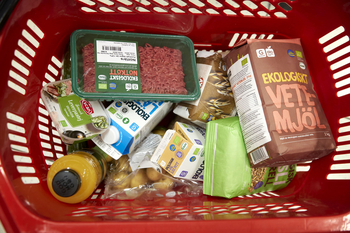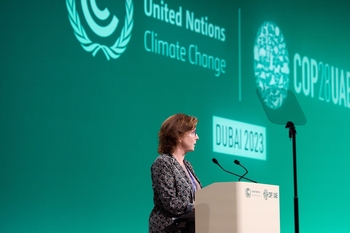Calls for a toxic-free everyday environment

Statement by the Nordic Council on a toxic-free everyday environment:
Where there is any scientific doubt about a substance, the starting point ought to be the duty of care to protect human health (especially that of children). Lack of basic knowledge must not prevent decisions being made on the measures that need to be taken. This is a European matter, and therefore the primary responsibility for putting forward proposals for action to protect lives and health lies with the European Commission.
Endocrine disrupting compounds
People – especially children – are exposed on a daily basis to a large number of chemicals from many different sources, e.g. toys, cosmetics, electronic equipment, building materials, food packaging, medicine, etc. Although there are only small amounts of the various EDCs in everyday products, they can have a cumulatively harmful effect, and this makes them and other harmful chemicals a source of concern.
For example, they can lead to breast and prostate cancer, deteriorating sperm quality and malformed sexual organs in newborns. Recent studies also show a link between EDCs and, for example, ADHD, diabetes and obesity.
Many researchers do not believe that there is a safe lower limit for EDCs. The crucial factor seems to be when you are exposed to them, not the level of exposure. For example, in utero exposure can cause damage later in life, and even in the next generation.
A recent study has shown that exposure to EDCs costs the EU countries a minimum of SEK 4.5 billion p.a. in lost output and increased health-care costs – and this figure is probably just the tip of the iceberg.
Substitution is the recommended strategy for countering the problem – i.e. replacing harmful substances with other, less harmful ones wherever such an alternative exists. Pointing out the possibility of substitution may make it easier to implement stricter policy guidelines for products with more harmful properties.
Another priority is more clearly to specify the manufacturers’ responsibility with regard to documentation.
Legislation
The Nordic countries have limited discretion in terms of legislation, as the legal jurisdiction is mainly at EU level – primarily, the REACH chemical legislation, but also several other EU regulations about the use of chemicals.
It is problematic that it takes far too long to draft EU legislation and that only one or two out of every thousand reports about potentially harmful chemicals are fully processed at EU level. Basic aspects of the legislative work – e.g. drawing up criteria for the identification of EDCs – are also subject to delays within the EU Commission. Greater political efforts are needed in order to make progress.
Further measures need to be taken to reduce human exposure to EDCs!
As a result, the Nordic Council calls upon:
- The European Parliament to follow up actively with the European Commission on the development and strengthening of EU legislation on chemicals
- The European Commission to
1) present proposals as soon as possible for over-arching criteria for EU legislation that will clarify the definition of a substance with endocrine-disrupting characteristics
2) improve its standard information requirements in relevant EU leg-islation so that information about EDCs is included
3) introduce screening of substances for suspected endocrine-disrupting characteristics based on accessible data
4) introduce separate testing for suspected EDCs in order to evaluate their potential impact
5) promote substitution, i.e. replacing harmful substances with less harmful ones, as part of the process of drawing up a stricter chemicals policy
6) introduce rules aimed at minimising human exposure, especially of children, to identified EDCs.




